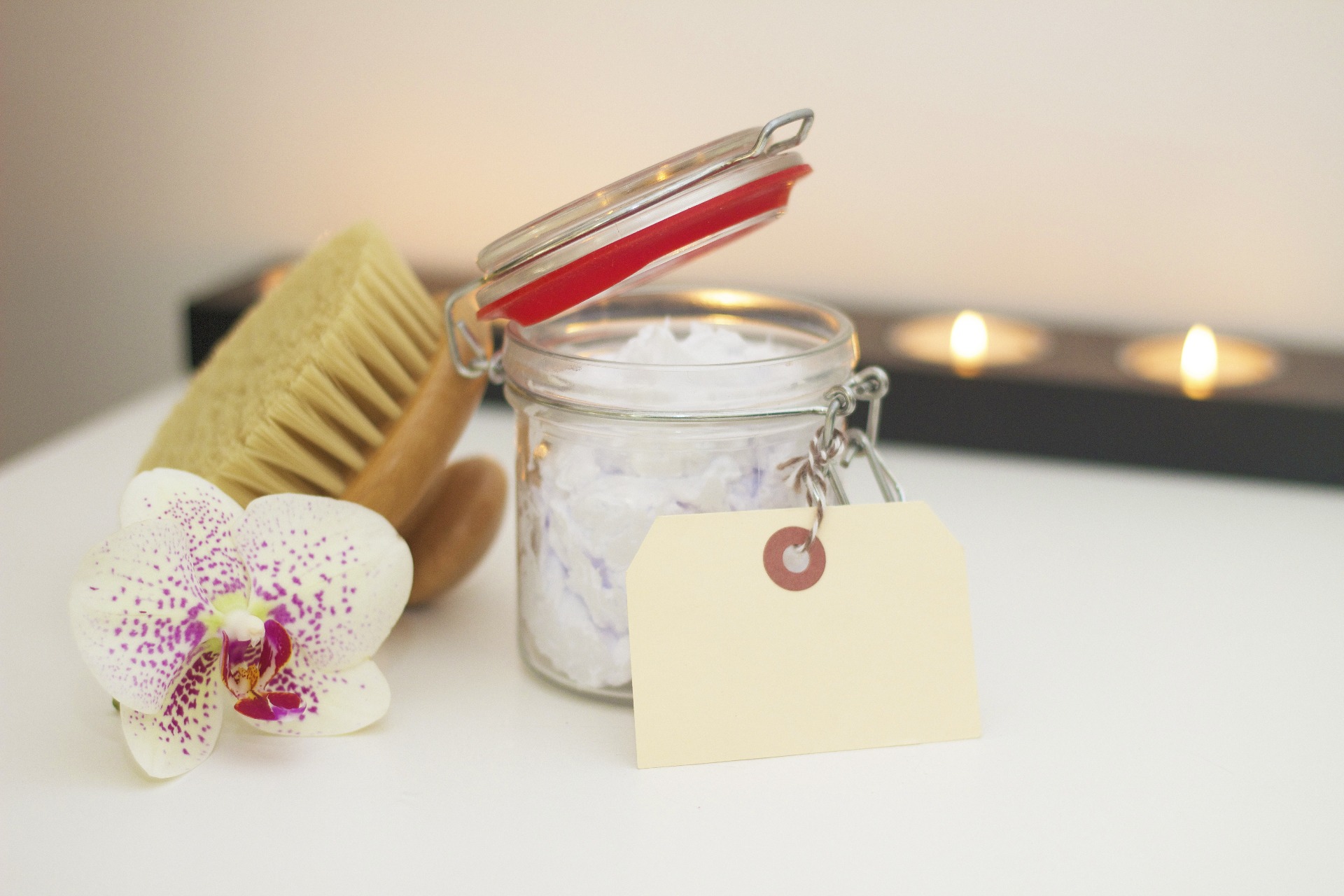The Ultimate Guide to Clean Beauty: Everything You Need to Know
In recent years, the clean beauty movement has taken the beauty industry by storm. With consumers becoming increasingly aware of what goes into their skincare and makeup products, clean beauty has become more than just a trend—it's a lifestyle choice. What exactly is clean beauty, and how can you incorporate it into your routine? Let's break it down.
What Is Clean Beauty?
Clean beauty refers to products that are free from potentially harmful ingredients and are made with the health of your body and the environment in mind. While there isn't a universally accepted definition, clean beauty typically means:
Non-toxic: Products are free from harmful chemicals like parabens, sulphates, phthalates, and synthetic fragrances.
Transparent: Brands disclose all ingredients used in their products.
Sustainable: Many clean beauty brands prioritise eco-friendly packaging and sustainable sourcing practices.
Why Does Clean Beauty Matter?
Healthier Skin: Harmful chemicals can cause irritation, allergies, or even long-term health issues. Clean beauty products aim to minimise these risks.
Environmental Impact: Conventional beauty products often contain ingredients that harm the environment. Clean beauty supports sustainability by avoiding these harmful practices.
Ethical Practices: Many clean beauty brands are cruelty-free and support fair-trade practices, aligning with ethical consumer values.
Key Ingredients to Avoid
When transitioning to clean beauty, here are some ingredients to watch out for:
Parabens: Preservatives that may disrupt hormone function.
Sulphates: Harsh detergents that can strip your skin of natural oils.
Synthetic Fragrances: Often made from undisclosed chemicals, which can trigger allergies or irritation.
Phthalates: Chemicals linked to hormonal disruptions and other health concerns.
How to Transition to Clean Beauty
Do Your Research: Look for brands that are transparent about their ingredients and practices. Certifications like EWG Verified, Leaping Bunny, and USDA Organic can help.
Start Small: Replace one product at a time, starting with those that stay on your skin the longest, like moisturizers and foundations.
Read Labels: Get into the habit of reading ingredient lists to make informed choices.
Support Local and Sustainable Brands: Smaller, independent brands often lead the way in clean beauty innovation.
Top Clean Beauty Brands to Try
ILIA Beauty: Known for their high-performance, multi-functional makeup.
Herbivore Botanicals: Offers plant-based skincare with a focus on sustainability.
RMS Beauty: Pioneers in clean cosmetics with an emphasis on natural ingredients.
Tata Harper: Luxury skincare made with 100% natural ingredients.
DIY Clean Beauty Options
If you want to take clean beauty into your own hands, try making your own products at home:
Coconut Oil Lip Balm: Mix coconut oil, beeswax, and a touch of essential oil for a nourishing lip treatment.
Coffee Body Scrub: Combine used coffee grounds, coconut oil, and brown sugar for an exfoliating scrub.
Aloe Vera Face Mask: Use fresh aloe vera gel with a few drops of tea tree oil for a soothing mask.
The Future of Clean Beauty
As consumers continue to demand transparency and sustainability, the clean beauty industry is expected to grow exponentially. Innovations in packaging, ingredient sourcing, and ethical practices are paving the way for a more conscious approach to beauty.
Final Thoughts
Clean beauty isn't just about the products you use—it is committing to a healthier, more sustainable lifestyle. By making informed choices and supporting brands that align with your values, you can enhance your beauty routine while contributing to a better world.
Related Pages: Fashion & Beauty, All Articles

